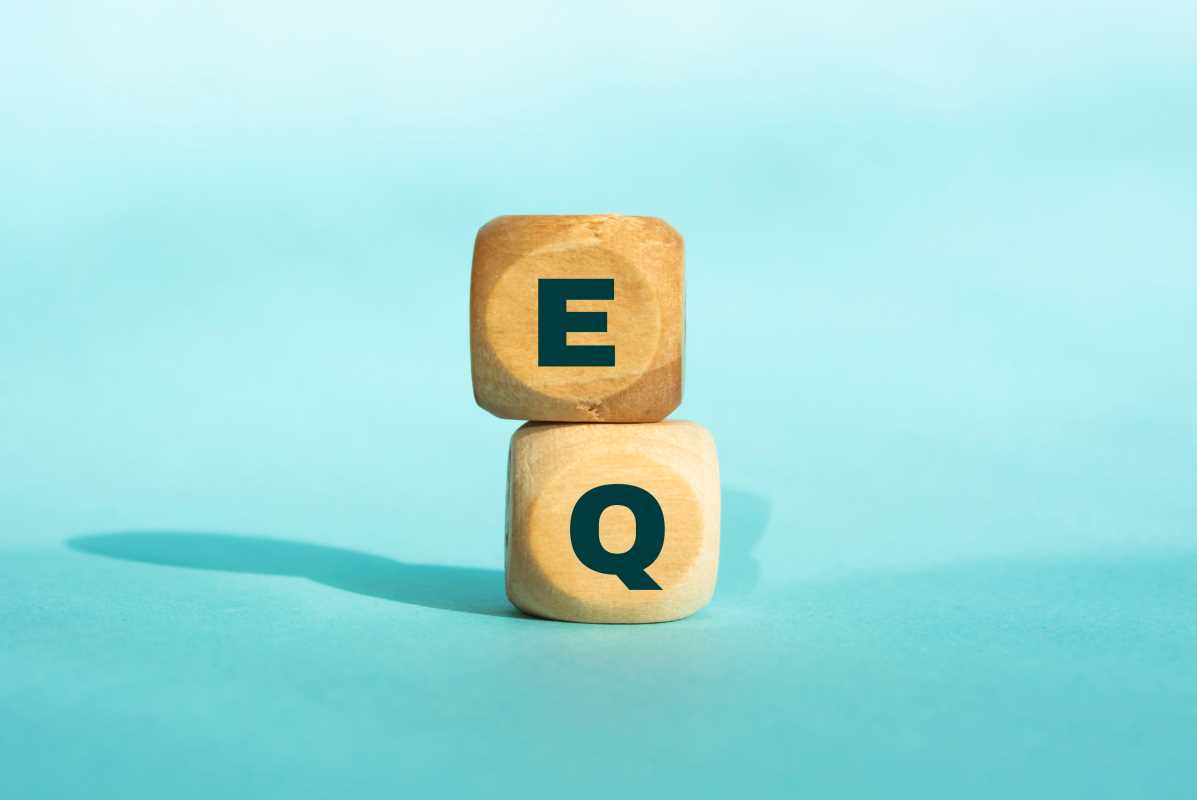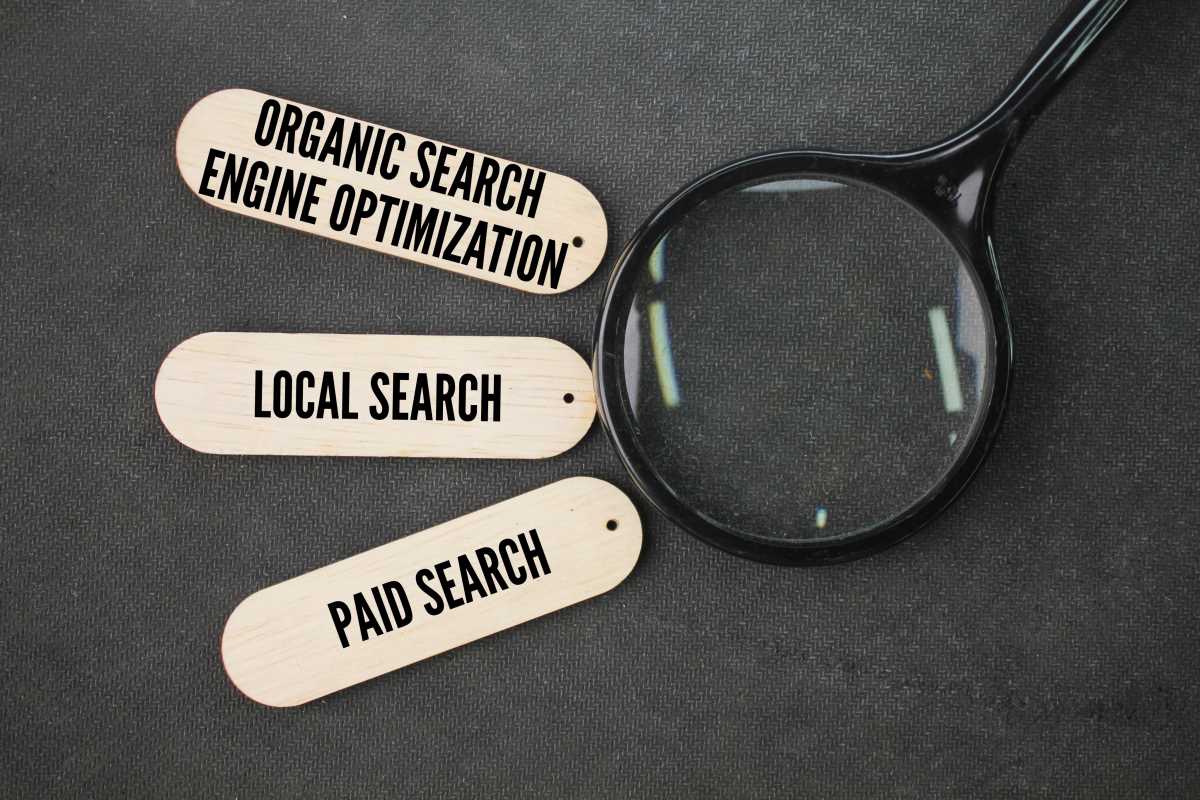Imagine you’ve built the fastest, most powerful race car in the world. The engine is a masterpiece of engineering, the aerodynamics are flawless, and it's built for pure speed. There’s just one problem: you don't have a skilled driver behind the wheel. The car has immense potential, but it can't win the race on its own. This is a perfect metaphor for the relationship between technical SEO and content. Technical SEO is your high-performance race car—it’s the behind-the-scenes foundation that makes your website fast, crawlable, and easy for search engines to understand. Engaging content is your expert driver—it’s what captures the audience's attention, provides value, and persuades them to take the journey with you. For a long time, these two disciplines were treated as separate jobs. Now, it's clear they are two halves of the same whole. You can have the most technically perfect website on the internet, but without compelling content, no one will have a reason to visit. Conversely, you can write the most brilliant article ever, but if search engines can't find or understand it due to technical issues, it will never reach its audience. True online visibility and sustainable growth happen when you combine a powerful engine with a skilled driver.
What is Technical SEO?
Technical SEO refers to the optimizations you make to your website and server that help search engine spiders crawl and index your site more effectively. It’s the "under the hood" work that has nothing to do with the actual words on the page but everything to do with how accessible those words are to search engines like Google. A solid technical foundation ensures that your great content has a fair shot at being seen.
While it can sound intimidating, the core goals of technical SEO are quite simple: make your site fast, make it easy for search engines to crawl, and make it secure. When these elements are in place, you provide a smooth highway for both search engine bots and human users.
Key Pillars of Technical SEO
1. Website Speed and Performance
In a world of short attention spans, speed is critical. If your website takes more than a few seconds to load, visitors will leave. Google knows this, which is why page speed is a significant ranking factor. A slow site creates a poor user experience, leading to higher bounce rates and signaling to Google that your site may not be valuable. Optimizing images, leveraging browser caching, and using a good hosting provider are all technical tasks that directly impact how quickly your content is delivered to the reader.
2. Crawlability and Indexability
Before Google can rank your content, it must first find it (crawl) and add it to its massive database (index). Technical SEO ensures this process is as efficient as possible. This involves:
- XML Sitemaps: An XML sitemap is a file that lists all the important pages on your website, acting as a roadmap for search engine crawlers.
- Robots.txt: This file tells search engines which pages or sections of your site they should not crawl, preventing them from wasting time on unimportant areas.
- Clean URL Structure: Simple, logical URLs (e.g.,
yoursite.com/blog/technical-seo-guide) are easier for both users and search engines to understand than messy, parameter-filled ones.
3. Mobile-Friendliness
With the majority of searches now happening on mobile devices, Google has adopted a "mobile-first" indexing approach. This means it primarily uses the mobile version of your content for indexing and ranking. A website that is not responsive—meaning it doesn't adapt to different screen sizes—will provide a poor experience for mobile users and will be severely penalized in search rankings. A technically sound website is a mobile-friendly website, period.
4. Site Security (HTTPS)
Security is another crucial trust signal. An SSL certificate (which enables HTTPS) encrypts the data shared between a user's browser and your website. It’s what puts the little padlock icon in the address bar. Google has confirmed that HTTPS is a ranking signal, and browsers now actively warn users when they are on an insecure (HTTP) site. Without this basic technical element, you lose both trust and visibility.
The Power of Engaging Content
If technical SEO is the engine, content is the destination. It’s the reason people come to your website in the first place. Engaging content is information that captures a reader's interest, solves their problem, answers their question, or entertains them. It's what turns a casual visitor into a loyal follower and a potential customer.
Engaging content is more than just well-written text. It’s valuable, empathetic, and created with a specific audience in mind. It builds a relationship with the reader and establishes your brand as a credible and trustworthy authority in your field.
Characteristics of High-Quality Content
1. It Solves a Problem
The best content is relentlessly helpful. It identifies a pain point or a question that the target audience has and provides a clear, comprehensive solution. Whether it's a step-by-step tutorial, a detailed guide, or a product review, the content's primary purpose should be to provide value to the reader.
2. It Is In-Depth and Authoritative
Superficial content doesn't perform well. Search engines are getting better at recognizing expertise and authority. A truly engaging piece of content covers a topic thoroughly, exploring different angles, providing evidence, and answering follow-up questions before they are even asked. This demonstrates to both users and search engines that you are a knowledgeable resource.
3. It Is Easy to Read and Digest
Engaging content is also well-structured. No one wants to read a giant "wall of text." Good content creators use formatting to their advantage:
- Short paragraphs (3-4 sentences)
- Clear headings and subheadings
- Bulleted and numbered lists
- Bolded text for key points
- Relevant images, infographics, and videos to break up the text
This formatting makes the content scannable and helps readers find the information they need quickly, improving their experience and keeping them on the page longer.
The Winning Formula
When you combine a technically sound website with high-quality, engaging content, you create a powerful synergy that maximizes your visibility. Your flawless technical foundation ensures that search engines can easily find and understand your content, while your compelling content ensures that users who arrive on your site have a great experience. This positive user experience sends strong signals back to Google, reinforcing your rankings.
Here are actionable strategies to integrate both disciplines.
1. Conduct Keyword Research Before You Write
This is the foundational bridge between technical SEO and content. Keyword research helps you understand the exact phrases your audience is using to find information. By targeting these keywords, you align your content with user demand. However, you should use this research to inform your content, not dictate it. Create a piece of content that naturally incorporates your target keyword and related terms (LSI keywords) within a comprehensive, valuable article.
2. Optimize On-Page Elements
Once your content is written, you need to optimize its on-page SEO elements. This is where technical SEO directly meets your content.
- Title Tag: Your title tag is the blue link in search results. It should be under 60 characters and include your primary keyword while being compelling enough to earn a click.
- Meta Description: This is the short snippet of text under the title. While not a direct ranking factor, a well-written meta description (around 155 characters) acts as an advertisement for your content and can dramatically improve your click-through rate.
- Headings: Use a logical heading structure (H1 for the title, H2s for main sections, H3s for subsections). Include your keywords naturally in your headings to provide clear signals about your content's structure and topics.
- Image Alt Text: Write descriptive alt text for every image. This helps visually impaired users and gives search engines another contextual clue about what your page is about.
3. Focus on Internal Linking
Internal linking is the practice of linking to other relevant pages on your own website within your content. This has benefits for both technical SEO and user engagement.
- For SEO: Internal links help search engine crawlers discover new content and understand the relationship between different pages on your site. It also helps spread "link equity" (ranking power) throughout your website.
- For Users: Internal links guide visitors to other relevant content, keeping them on your site longer and providing them with more value. For example, in an article about social media marketing, you could link to your more detailed guides on Instagram or Facebook marketing.
4. Prioritize User Experience Signals
Google pays close attention to how users interact with your site. Key metrics, known as user experience signals, include:
- Click-Through Rate (CTR): The percentage of people who click your link in search results.
- Bounce Rate: The percentage of visitors who leave your site after viewing only one page.
- Dwell Time: The amount of time visitors spend on your page.
A technically sound, fast-loading site reduces bounce rate. Engaging, well-structured content increases dwell time. A compelling title and meta description increase CTR. When you excel at both, you send a clear message to Google that users love your site, which is one of the most powerful ranking signals of all.
 (Image via
(Image via





